Tag Archives weeds

Common weed may be ‘super plant’ with key to drought-resistant crops
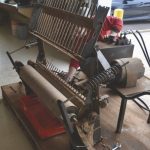
Old invention shows promise for weed control in potatoes
Originally designed for insect larvae, the potato vine crusher lowers germination rate of weed seeds
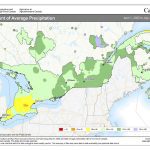
Post-wheat harvest weed management strategies
OMAFRA Field Crop Report for the week of July 25

Manitoba Crop Report: Plantings advance, crops threatened by weeds, insects
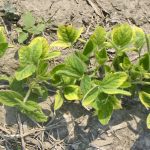
Soybean update for Ontario
OMAFRA Field Crop Report for the week of June 13
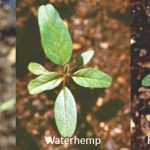
Common waterhemp: An adaptable and potent foe
Problem weed continues to spread in Ontario while diversifying its herbicide resistance capability

Higher than normal weed pressure in evidence
Tough weather conditions last fall and moisture this spring have prompted weed proliferation
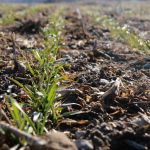
Weather conditions make for minimal planting progress
OMAFRA Field Crop Report for the week of April 25

Fine-tuning the advice on herbicide-resistant fleabane in soybeans
Diversifiying weed control options is important, especially with glysophate costs high
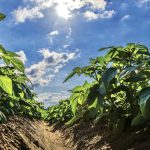
Living without Linuron in the tank
Growers will have to alter practices and mix and match other products to control weeds
